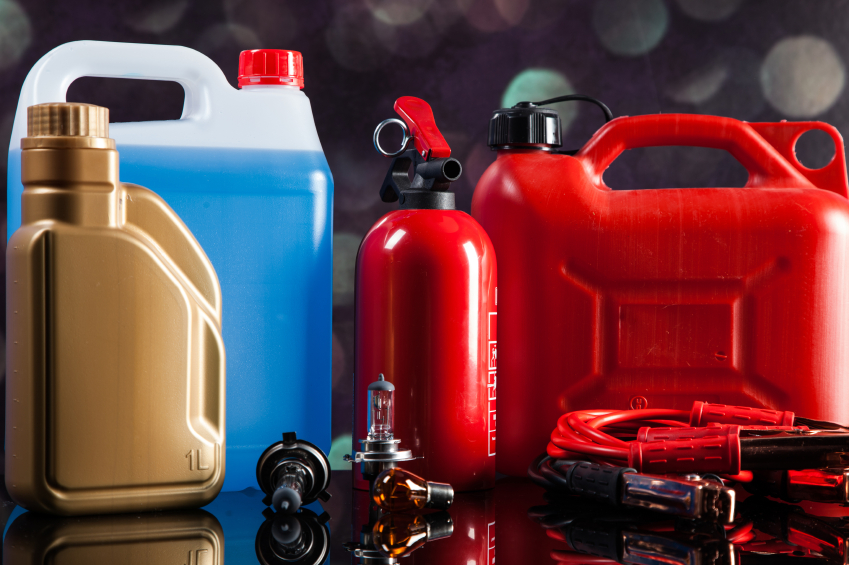
It’s common for drivers to quickly head to a repair shop if they notice their car has a leak. However, professional auto mechanics know not every fluid leak warrants a trip to the garage. In fact, some can even be harmless.
Car repair school teaches students how fluid leaks can be diagnosed without having to look under the hood or perform tests on the vehicle. By simply observing the fluid’s location, colour, texture and odor, most trained professionals can correctly identify the issue.
If you’re pursuing an automotive career, read on to learn how you can successfully diagnose some of the most common car leaks once you start your career.
Auto Mechanic School Grads Know Red Fluid Comes From the Transmission

It’s safe to assume that a red fluid leak is coming from a car’s transmission. New transmission fluid boasts a pale red colour, and fluid that hasn’t been changed in a while typically has a darker red hue. Whether a car’s transmission fluid is fresh or used, it always has a thick, oil-like texture and a very strong smell.
In your car repair training, you will learn that transmission fuel acts as a lubricant, which helps a car shift smoothly. Additionally, it also helps to cool the transmission. When low on fluid, transmissions can burn out from excessive heat, or can start grinding together and break.
Once you start your career, you’ll know that transmission leaks are generally found somewhere between the middle and front of a vehicle, close to the transmission filler tube or the selector shaft. In order to repair this type of leak, you’ll likely be required to patch a hole in one of the transmission fluid lines or fix a faulty seal.
Water vs. Gasoline: How Pros with Car Repair Training Identify Clear Leaks
Both water and gasoline are colourless. Therefore, when you notice a clear leak coming from a customer’s car, you’ll have to observe the fluid more closely to be able to identify which it is. One foolproof way to tell the clear liquids apart is to smell the leak, since gasoline has a very strong and recognizable odor.
Either case requires no real work from an auto repair expert. If a car is producing a water leak, it is likely air conditioner condensation and professionals know that this is entirely normal.
Puddles of gasoline can sometimes appear on the ground below the front or rear of a vehicle, and while drivers tend to believe these types of leaks are dangerous, auto mechanic school grads know they aren’t. In fact, people can drive with gas leaks for years, and the only thing that will happen is their gas bill will increase.
A gas leak towards the rear of the car means that the gas tank may need to be patched up. However, if the leak is towards the front, a you might need to replace a faulty fuel line or perhaps repair the car’s gas pump.
Auto Mechanic School Teaches Students That a Yellow Leak Could be Dangerous

Yellow fluid indicates that the leak could be coming from the car’s radiator or brakes. Radiator fluid is a deep yellow colour and has a thin, watery texture. Radiator fluids tend to leak from under the engine, and they could reveal issues stemming from a loose hose clamp or damaged o-ring—both are fairly simple to repair.
Brake fluid, on the other hand, is a pale shade of yellow with a thicker, oily texture. While brake fluid leaks are rare, they can be found on the ground close to the car’s wheels or directly under the brake pedal. Since most the brake system in most cars function using hydraulic pressure, loss of fluid can cause the brakes to work less efficiently or fail altogether. A punctured brake line could be very dangerous, and this is repair work you’ll need to pay immediate attention to once you become a mechanic.
Are you interested in becoming a mechanic?
Visit CATI to learn more about our training programs or to speak with an advisor.
